
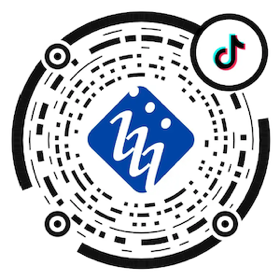

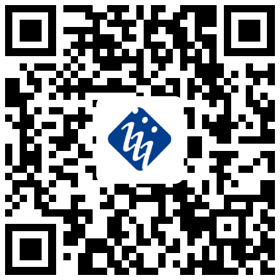




You Only Live Once|细胞领域投稿:liuld@instrument.com.cn



ATMP 系列峰会持续专注全球细胞与基因治疗领域,始终坚持从全球视角出发,促进来源于中国的高质量研发创新, 快速推进先进治疗产品的研发与商业化进程,探索全球合作新模式。近年来 ATMP2019-2023 汇聚了来自宾夕法尼亚大学、纪念斯隆-凯特琳癌症中心、MD 安德森癌症中心、帕克癌症免疫疗法研究所、美国费城儿童医院、加州大学、美国国立癌症研究所、美国国立卫生研究院、新加坡科技研究局、日本京都大学iPS 细胞研究所等众多国际先进疗法先驱,及中国顶尖学府、科研院所及知名产业界嘉宾的共同参与。由迪易生命科学主办的 ATMP2024 第七届先进疗法创新峰会与全球再生医学研发创新与类器官研究峰会将于2024年5月9日-10日在北京龙城温德姆酒店召开。
扫码注册

全球再生医学研发创新与类器官研究峰会 2024
类器官在疾病建模,抗癌药物筛选,药物毒理检测,还有基因和细胞疗法的应用并做出了重大贡献。类器官将用于模拟更复杂的器官,模拟器官内相互作用,并探索致病机制。为促进探索神经发育、神经表观遗传、3D类脑器官、诱导性多能干细胞、神经和精神类疾病模型、肿瘤类器官在免疫治疗中的应用,类器官模型在长寿医学领域的研究, 视网膜类器官疾病模型,单细胞组学等众多研究方向;探讨合作新模式。第七届先进疗法创新峰会 - 全球再生医学研发创新与类器官研究峰会将于2024年5月9-10日在北京举办。
主要议题:
- 3D人脑类器官-神经科学与脑科学的最新研究进展
- 人脑类器官在神经发育疾病中的研究
- 精准治疗时代 - 肿瘤类器官在免疫治疗中的应用
- 3D细胞培养与类器官;器官芯片助力疾病建模 - 再生医学- 干细胞与脏器类器官研究 ( 脑科学、神经科学、眼科-视网膜、呼吸道-肺成体、肝胆、肿瘤与器官芯片)
- 干细胞技术与类器官模型在长寿医学领域的研究进展及应用前景
- 视网膜类器官疾病模型与视网膜再生医学
- 神经退行性疾病的干细胞疗法
- 类器官芯片,生物传感器与疾病模型
主旨演讲嘉宾 Plenary Speakers
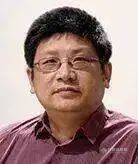
宋洪军
著名华人神经科学家
美国国家医学院院士
美国宾夕法尼亚大学
佩雷尔曼医学院
再生医学研究所
演讲主题: Therapeutic Application of Human 3D Brain Organoids: Opportunities and Challenges
Abstract:
Brain organoids are 3D tissue cultures that resemble cell type diversity, tissue architecture and developmental trajectory of the native human brain tissues. Rapid advances in the stem cell technologies have led to human pluripotent stem cell-derived brain organoids that mimic the development and properties of different regions of the developing human brain. In parallel, brain organoids have been generated from patient surgical tissues, such as glioblastoma, that can maintain inter- and intra-tumor heterogeneity as well as the tumor microenvironment. I will review recent development of brain organoid technologies and provide examples for therapeutic applications of these human stem cell-derived brain organoids, such as applications during the past two global pandemics (Zika virus and SARS-Cov2). I will also discuss technologies of tumor organoids and their applications in the personized medicine. Finally, I will discuss challenges ahead.
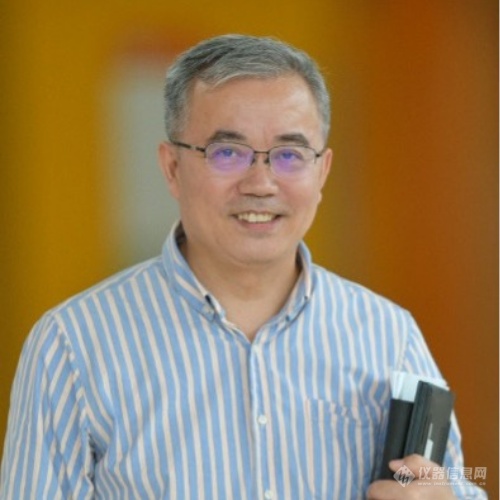
罗振革
上海科技大学
生命科学与技术学院
执行院长
演讲主题: Applications and Optimization of Human Brain Organoids
Abstract:
Understanding the fundamental processes of human brain development and diseases is of great importance for our health. However, the translational potency for the knowledge obtained using traditional animal models remains limited due to species differences in the aspects of brain cytoarchitecture. Over the past years, an emerging model, the “brain organoid” integrated from human pluripotent stem cells, has been developed to mimic developmental processes of the human brain and disease-associated phenotypes to some extent, making it possible to better understand the complex structures and functions of the human brain. In this talk, I will present the applications of brain organoids in the understanding of human brain development and diseases, as well as our efforts put into brain organoid optimization, in particular vascularization.
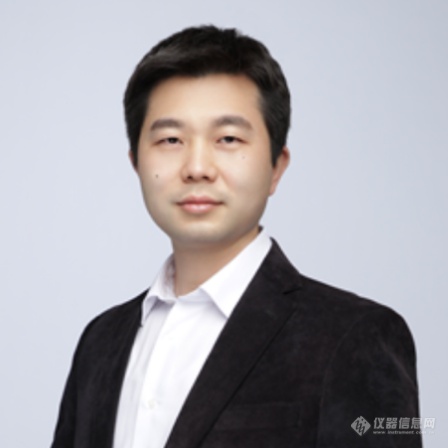
尚小云
茂行生物
创始人兼首席执行官
重庆国际免疫研究院副院长
演讲主题: Gene Editing - Innovative Allogeneic CAR T-Cell Therapy for Intracranial Solid Tumors, 3D Human Brain Organoids
Abstract:
Intracranial tumors have poor prognosis, high recurrence rate and no standard treatment. This presentation will focus on how to overcome the critical issues of limited efficacy and high cost of conventional therapies in the treatment of malignant solid tumors. Mainly introduces the important innovations achieved by allogeneic CAR-T cell therapy in the treatment of intracranial solid tumors, through the advanced CRISPR gene editing technology and continuous optimization of cell therapy processes. We have successfully solved the core problems of allogeneic CAR-T cells in the treatment of solid tumors, such as rejection, poor efficacy and insufficient persistence, significantly reducing treatment costs and providing patients with more diverse and efficient treatment options.

李晨钟
香港中文大学
校长讲席教授
演讲主题: 生物传感器和器官/类器官芯片的一体化
Abstract:
Biosensor is a powerful, label-free technique allowing us to perform analysis of molecular interactions in real-time. SPR spectroscopy can address questions such as specificity of an interaction, dissociation and association rate constants; binding kinetics, binding affinity, and concentrations of selected molecules present in a sample of interest. In this work, we report the novel SPR based cell/organoid integrated sensing platforms that allow us to real-time monitor cell and 3D tissue activities upon various of stimulations. Using the novel set up, we measured and compared the binding affinity of vascular endothelial growth factor (VEGF) to vascular endothelial growth factor receptor (VEGFR) and VEGF to bevacizumab. Results have shown that bevacizumab binds VEGF with a higher association rate and affinity compared to VEGFR. Further, this platform has been employed to mimic the in vivo condition of the VEGF–VEGFR angiogenic switch. Competitive binding to VEGF between VEGFR and bevacizumab was monitored in real-time using this platform. The present invention provides surface plasmon resonance (SPR) based sensing systems and methods for rapid, sensitive, and real-time analysis of analyte secretion from living cells. In one embodiment, the SPR based sensing device of the present invention comprises at least one cell culture module for culturing living cells, wherein the cell culture module is configured so that analytes secreted from the living cells can be released onto a SPR sensing surface. The SPR based sensing system can perform a real-time analysis of one or more analytes secreted from the living cells by including a coating on the SPR sensing surface. In addition, we have successfully demonstrated the use of surface plasmon resonance (SPR) technology to characterize the contractility of 3D cardiac tissues in response to Blebbistatin and ATP drug exposure in real time.
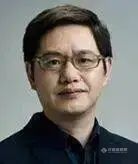
金子兵
首都医科大学教授
附属北京同仁医院
北京市眼科研究所
演讲主题: Human Retinal Organoids for Disease Modeling & Regeneration
Abstract:
Together with the rapid advancement of retinal organoid technology, human induced pluripotent stem cell have enabled us to generated patient-specific retina tissue. In this talk, I will introduce the retinal organoid differentiation, disease modeling, and transplantation.

刘兴国
中国科学院广州生物医药
与健康研究院研究员
中国科学院再生生物学
重点实验室研究员
演讲主题: Stem Cell and Organoid Model for Aging and Diseases
Abstract:
Aging in mammals is accompanied by an imbalance of intestinal homeostasis and accumulation of mitochondrial DNA (mtDNA)mutations.However, little is known about how accumulated mtDNA mutations modulate intestinal homeostasis. We observe the accumulation of mtDNA mutations in the small intestine of aged male mice, suggesting an association with physiological intestinal aging. Using polymerase gamma (POLG)mutatormice and wild-type mice, we generate male mice with progressive mtDNA mutation burdens. Investigation utilizing organoid technology and in vivo intestinal stem cell labeling reveals decreased colony formation efficiency of intestinal crypts and LGR5-expressing intestinal stem cells in response to a threshold mtDNA mutation burden. Mechanistically, increased mtDNA mutation burden exacerbates the aging phenotype of the small intestine through ATF5 dependent mitochondrial unfolded protein response (UPRmt) activation. This aging phenotype is reversed by supplementation with the NAD+ precursor, NMN. Thus, we uncover a NAD+ dependent UPRmt triggered by mtDNA mutations that regulates the intestinal aging.
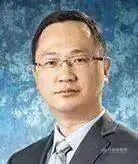
刘鹏
清华大学医学院
生物医学工程系研究员,博导
昌平国家实验室
新发突发传染病部领衔科学家
演讲主题: 肿瘤类器官在免疫治疗中的应用
Application of Tumor Organoids in Immunotherapy
Abstract:
Immune checkpoint blockade (ICB) opens the new era of cancer treatment, yet the heterogeneous nature of immune cells and their diverse spatial distributions demand novel techniques to decipher the local tumor immune microenvironment (TIME) to expand the patient groups benefiting from ICB. Here we generate primary lung cancer organoids (pLCOs) by isolating the tumor cell clusters, including the infiltrating immune cells, from dissected lung cancer samples. A FascRNA-seq platform allowing both the phenotypic evaluation and the scRNA-seq of all the single cells in an organoid was developed to dissect the TIME in individual pLCOs. Our analysis on 171 individual pLCOs derived from 7 patients revealed that pLCOs retained the fundamental features as well as the intra-tumor heterogeneity of local TIME in the parenchyma of parental tumor tissues, providing a series of models with the same genetic background but various TIME. Linking the single cell transcriptome data of individual pLCOs with their responses to ICB allowed us to confirm the central role of CD8+ Ts in ICB induced antitumor immunity, to identify the potential tumor-reactive T cells with a set of 10 genes, and to unravel the factors regulating T cell activity.
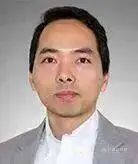
向阳飞
上海科技大学
助理教授,研究员
博士生导师
演讲主题: Development and Application of Human Neural Organoids
Abstract:
Neural organoids are in vitro three-dimensional models that mimic the human brain or other structures of the nervous system. Beginning with stem cells, neural organoids are formed through unguided or guided neural differentiation under three-dimensional suspension culture conditions, relying on cell self-organization. In the past decade of research, we have focused on guided differentiation to construct various human brain region-specific organoids. Furthermore, by integrating multiple brain regions or cell lineages, we have explored the development of more complex human brain organoid technologies, providing new models for studying brain development, function, diseases, and drug effects in the context of human genetic backgrounds in vitro. As a cutting-edge technology, neural organoids still face various technical challenges that need to be overcome. This talk will introduce our efforts in the refined construction of human neural organoids, including how to build organoids that possess characteristics of human brain nuclei.

艾晓妮
北京大学药学院副研究员国家重点研发计划首席青年科学家
演讲主题: 基于器官芯片的药物评价新方法
Organ-on-a-chip for Drug Discovery
Abstract:
The high cost and low success rate of drug development are major challenges, and there are significant differences between traditional preclinical biological models and the human physiopathology. Organ-on-a-chip technology as a novel model offers advantages for drug discovery, such as high biomimicry, low sample consumption, and high efficiency. We established microfluidic chip platforms for single-organ and multi-organ cultures. Based on these platforms, we developed over 20 highly biomimetic organ-on-a-chip models. These models have been applied in drug discovery and mechanism research. A notable achievement includes the pioneering use of tumor-on-a-chip models for the clinical application of cell therapy drug and dual-specificity antibody drug in China, marking a groundbreaking advancement in the field.
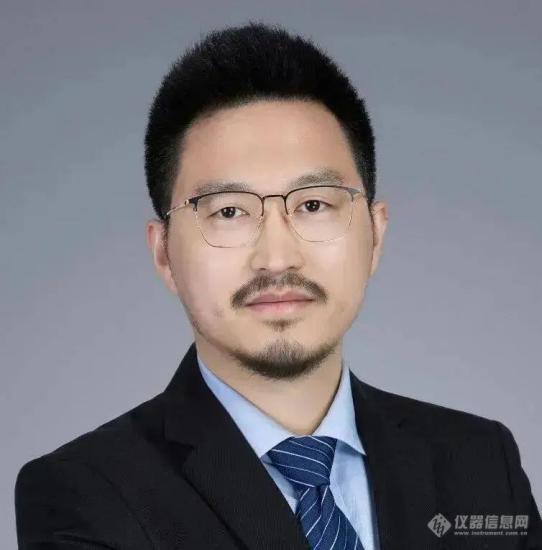
王凯
北京大学基础医学院生理学与病理生理学系研究员,博导血管稳态与重构全国重点实验室PI
演讲主题: Injectable Vascular Organoids for Treating Ischemic Diseases
Abstract:
Critical limb ischemia (CLI) is a severe obstruction of the arteries which markedly reduces blood flow to the limbs and has progressed to the point of severe pain, ulcer and even amputation. Therapeutic angiogenesis using implanted vascular cells has been widely investigated to treat the CLI, however, the therapeutic outcome is quite mixed. Since the vasculogenesis potential and paracrine effect of the transplanted vascular cells are the two major driving forces for enhancing the local neovascularization, we hypothesized that stem cell derived vascular organoids (VO) could be the ideal cell sources.
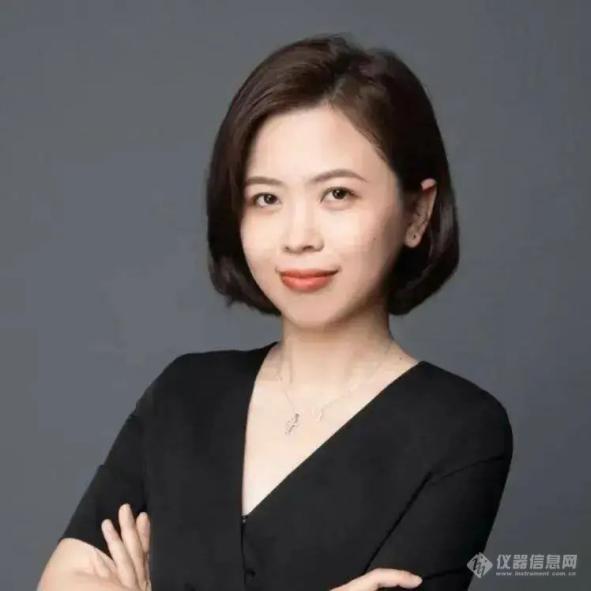
冷泠
中国医学科学院北京协和医院教授,博导疑难重症与罕见病全国重点实验室独立PI
演讲主题: Construction of Complex Skin Organoids and their Application in Diseases
Abstract:
Difficult and rare diseases have greatly hindered basic research and clinical diagnosis and treatment due to their small patient base, difficulty in medication, and unclear causes of onset. Xeroderma pigmentosum (XP) is a rare disease with birth defects. XP patients usually die before the age of 10, and there is currently no cure. We utilized the previously established skin organoid model to construct a human-induced pluripotent stem cell (hiPSC) derived XP skin organoid model from XP patients and a PDX model derived from XP organoid transplant mice. By combining multidimensional omics techniques such as single-cell transcriptome and spatial proteomics, we discovered a potential small molecule drug that can serve as a preventive measure against XP tumors after surgery.
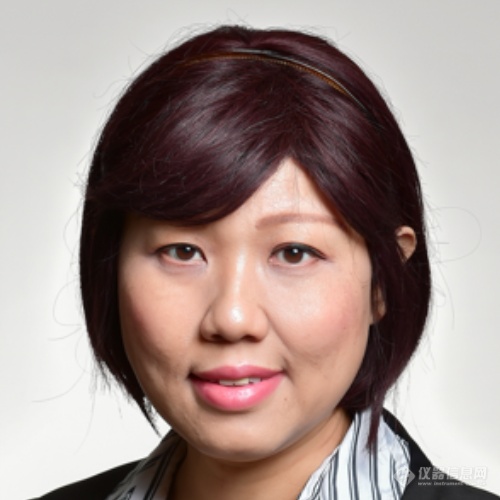
那洁
清华大学
医学院副教授
演讲主题: 干细胞来源的脉络膜内皮细胞移植治疗眼脉络膜缺血 - 类器官研究最新进展与再生医学
Human Pluripotent stem Cells Derived Endothelial Cells Repair Choroidal Ischemia-New Advance in Organoid Research and Regenerative Medicine
Abstract:
Choroidal atrophy is closely related to the development of age-related macular degeneration (AMD), retinitis pigmentosa, and pathological myopia. Studies suggested that choroidal endothelial cells (CECs) that form the choriocapillaris vessels are the first cells lost in choroidal atrophy. We found that endothelial cells derived from human pluripotent stem cells (hPSC-ECs) expressed CECs-specific markers and can integrate into choriocapillaris. scRNA-seq studies showed that hPSC-ECs upregulated angiogenesis and immune-modulatory and neural protective genes after interacting with ex vivo ischemic choroid. In a rat model of choroidal ischemia (CI), transplantation of hPSC-ECs into the suprachoroidal space increased choroid thickness and vasculature density. Close-up examination showed that engrafted hPSC-ECs integrated with all layers of choroidal vessels and lasted 90 days. Remarkably, EC transplantation improved the visual function of CI rats. Our work demonstrated that hPSC-ECs could repair choroidal ischemia, which may lead to a new therapy to alleviate choroidal atrophy implicated in dry AMD, pathological myopia, and other ocular diseases.
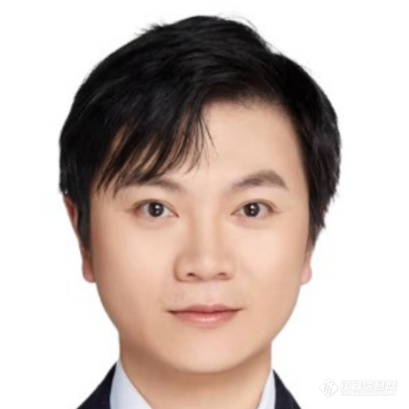
周轶
艾名医学
首席运营官
演讲主题:Organoid Models Support the Development of Immune Cell Therapy
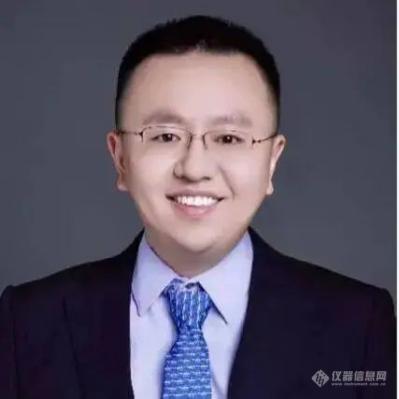
张宇
中源药业
首席执行官
演讲主题: Development of Adult Stem Cell Products: from Autologous to Allergenic
Abstract:
Advances of adult stem cell therapy products worldwide;Key considerations in developing autologous and allogenic stem cell products;- Optimized cell source: Perinatal tissue vs adult tissue vs ESC/iPSC- CMC issues- IIT study vs IND trial- Indication selecting- License-out vs in-house developmentVcanbiopharma-20-year’s experiences: from HSC to MSC to iPSC
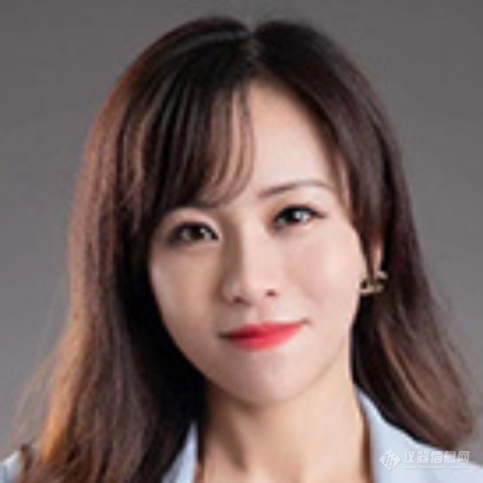
张婷
吉美瑞生
创始人兼首席执行官
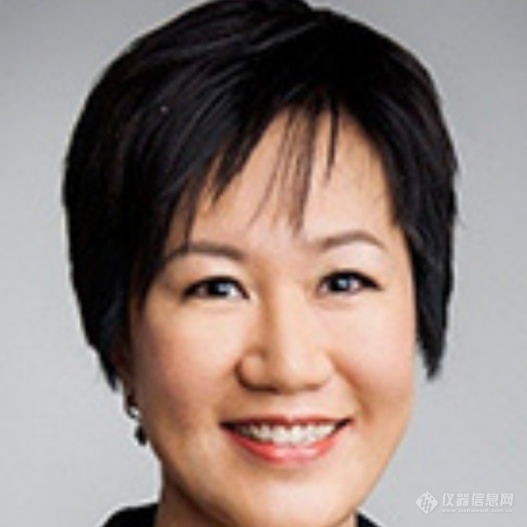
陈丽娟
跃赛生物
首席运营官

盛健
神曦生物
首席执行官
演讲主题:In-situ Neuro-regenerative Gene Therapy: from Bench to Bedside
Abstract:
1. Background information of In-situ neuro-regenerative gene therapy2. NeuExcell cutting-edge platform and pipeline progress: bench to bedside3. Team introduction and partnership

郭炜
神济昌华
联合创始人兼首席科学官
演讲主题: AAV-Based Gene Therapy Strategies for Neurological Diseases

周静敏
鲸奇生物
联合创始人兼首席执行官
演讲主题: The Progress on Genemagic’s Key Pipeline – Parkinson’s Disease
Abstract:
Parkinson's disease is a progressive disorder that affects the nervous system. Unfortunately, the current medicines only reduce the disease symptoms, none of them could cure, stop, or even slow down the rapid progression. A novel method to reverse Parkinson’s disease by regeneration of dopaminergic neurons has been developed.
This presentation includes: 1 NHP long term (3 years) safety and efficacy data on neuron regeneration, 2 the efficacy study of neuron regeneration at CRO, and 3 observation of direct neuron conversion from astrocyte in vivo by two-photon.

朱朝
纽伦捷生物
创始人
董事长兼首席执行官
演讲主题: Creating Universal Next-generation Gene Therapy Drugs Using in Situ Trans-differentiation Technology
Abstract:
The commonly used gene therapy strategies targeting specific gene mutations usually have a small target population and can only be used for the treatment of rare diseases, making it difficult to commercialize. Neuregen Therapeutics utilizes an original in situ trans-differentiation technology to develop universal next-generation gene therapy drugs for neurological diseases, which can be used to treat a certain type of neurodegenerative disease caused by different gene mutations.
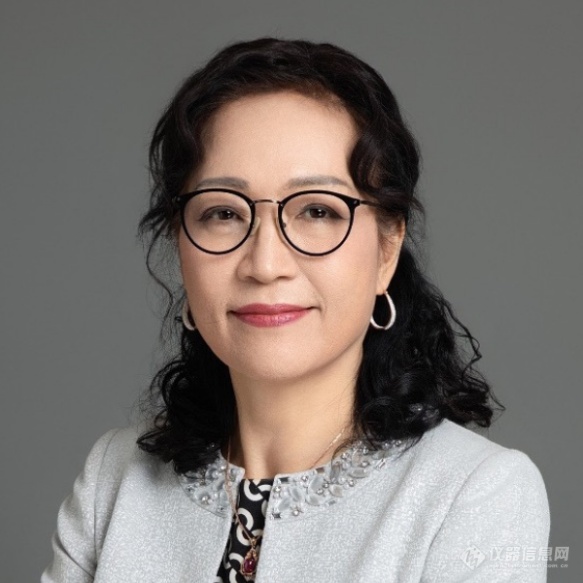
申华琼
纽欧申医药
创始人兼首席执行官
演讲主题: AAV基因在中枢神经系统疾病中的应用及开发进展
同期举办
全球细胞与基因治疗创新峰会2024
2023年12月,美国食品药品监督管理局(FDA)宣布,批准CRISPR/Cas9基因编辑疗法Casgevy(通用名exagamglogene autotemcel, 简称exa-cel)上市,用于治疗镰状细胞病(SCD)。基因编辑是一种新兴的、能够比较精确地对生物体基因组特定目标基因进行修饰的基因工程技术。Casgevy是FDA批准的第一种新型基因组编辑疗法, 标志着基因治疗领域的创新进步。
随着全球范围内学术、医疗、资本与产业的积极参与,ATMP相关在研产品数量呈现爆发式增长。与此同时,该领域也面临着法规监管、工艺开发、商业化生产、出海合作、患者可及性等诸多问题与挑战。为促进来源于中国的高质量研发创新,快速推进先进治疗产品的研发与商业化进程,探索合作新模式,第七届先进疗法创新峰会 - 全球细胞与基因治疗创新峰会将于2024年 5月9-10日在北京举办。
部分主要议题:
- 基因编辑疗法与工程化免疫细胞疗法的未来
- 开发新一代安全且有效的细胞与基因治疗产品的研发与先进技术创新
- 新技术-新靶点: 实体瘤创新细胞免疫疗法 与 mRNA 体内编辑 In-Vivo CAR-T
- 创新细胞免疫疗法在恶性血液瘤以及实体瘤领域治疗最新进展
- CAR-T, CAR-M, TIL, CAR-NK, TCR-T 与自身免疫性疾病CAR-T 细胞疗法的研发
- 基因治疗在神经退行性疾病、眼科疾病、耳聋、常见病与罕见病治疗领域的突破
主旨演讲嘉宾 Plenary Speakers
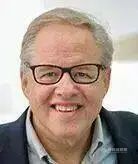
Stephan Grupp
世界著名癌症免疫治疗专家、CAR-T先驱
美国宾夕法尼亚大学教授
美国费城儿童医院
Emily Whitehead 主治医生
演讲主题: Current Advances and Challenges in Engineered Cell Therapy for Leukemia and Red Cell Disorders: from CAR T to CRISPR
Abstract:
- Current status of CAR T therapy for relapsed/refractory ALL
- Updates in CAR T toxicity management
- Alternative targets beyond CD19
- Engineered stem cell therapies for thalassemia and sickle cell disease
- Approval of Casgevy in the US for red cell disorders
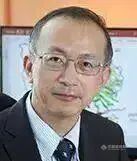
Mitchell Ho 何苗壮
美国医学与生物工程院
院士
美国国立卫生研究院
美国国立癌症研究所
演讲主题: Nanobodies as Emerging Antibody and Cell Therapeutics for Cancer and Viral Infections
Abstract:
The emergence of nanobody technology has provided new hope for antibody and cell based drug development. Our laboratory at the U.S. National Cancer Institute at the NIH has constructed large nanobody phage display libraries derived from the VHH and VNAR single domains of dromedary camels and nurse sharks, respectively. In my talk, I will present recent examples of CAR-T cells based on our nanobodies targeting glypican-1 (GPC1) and B7-H3 (CD276) for the treatment of pancreatic cancer and pediatric cancers. We have also identified nanobodies capable of neutralizing SARS-CoV-2 and the Lassa virus. I will also discuss the structure and functional features of these nanobodies and CAR-T cells as innovative antibody and cell therapeutics.

Peter Marks
美国国家医学院院士
美国食品药品监督管理局
生物评估和研究中心
演讲主题: The Future of Human Genome Editing: A Regulatory Perspective (Online Presentation)
Abstract:
Genome editing offers tremendous promise for the treatment of disease. The US FDA understands that we need to re-evaluate and modernize our approach to the unique challenges of genome editing while also ensuring the resulting therapies are both safe and effective. The FDA is taking steps to facilitate more efficient genome editing product development. For example, the FDA will encourage the use of biomarkers as surrogate endpoints to help facilitate the accelerated approval of gene therapies for serious or life-threatening conditions, such as lysosomal storage disorders and neurodegenerative diseases affecting very small numbers of individuals. FDA is also running a pilot program to attempt to further accelerate the pace of development of therapeutics for very small populations with very high medical need. This pilot for rare pediatric genetic diseases will allow ongoing informal interactions during development of the product. Finally, while countries around the world have their own regulatory authorities, there are not uniform global quality safety standard for the evaluation and regulation of cell and gene therapy products. The FDA supports work toward global regulatory convergence and, ultimately, global harmonization of regulations for these products.
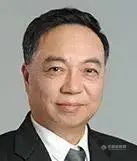
王立群
星奕昂生物科技
创始人,董事长
兼首席执行官
演讲主题: Allogenic Cell Therapy: To Be or Not to Be
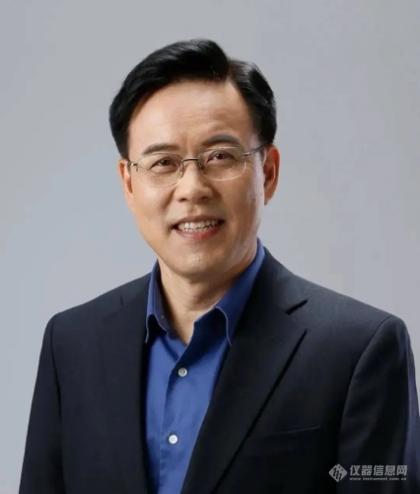
林欣
清华大学医学院教授
基础医学系主任
华夏英泰创始人

谢兴旺
可瑞生物创始人
董事长兼首席执行官
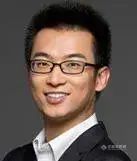
何霆
艺妙神州
创始人兼首席执行官
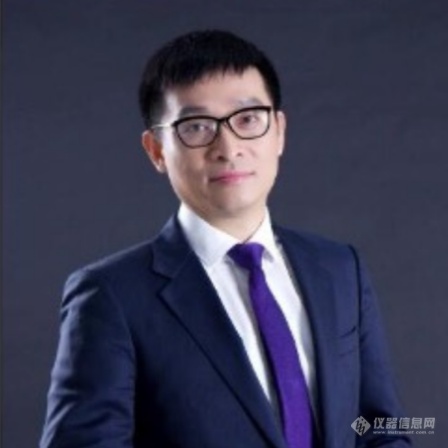
郭磊
北京百替生物
创始人兼首席科学官
演讲主题: Developing the Next Generation of mRNA Delivery Systems and In vivo CAR Therapeutics
Abstract:
Recurrent and refractory tumors are still nightmares for human beings. In vivo CAR is seen as one of the most promising innovative clinical strategies for these diseases. BioT Beijing Therapeutics, established since 2016, focuses on the research and development of multiple mRNA drug delivery systems and in vivo CAR immune cell therapeutical strategies. Over the years, the company has successfully developed multiple mRNA delivery systems targeting multiple vital organs/cell types and in vivo CAR immune cell therapy strategies; Over 10 IIT clinical trials will be launched with leading clinical research institutions using VIC strategy. Based on the technological innovation of rapid-iterative-progress with numeral project groups, the team attempts to bring the the next generation therapeutic into clinical practice in order to meet the unmet clinical needs in the near future.

孙艳
上海细胞治疗集团
北京细胞治疗集团
集团首席运营官

刘明耀
邦耀生物
董事长兼首席科学家

汪文
驯鹿生物
执行总裁
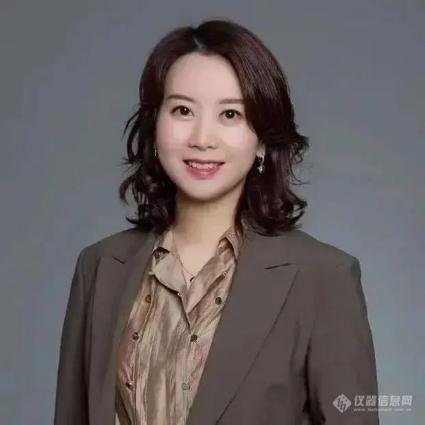
孙敏敏
易慕峰创始人
董事长兼首席执行官
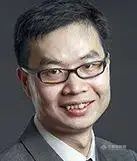
任江涛
北恒生物
联合创始人兼首席科学官

杨林
博生吉创始人董事长兼首席执行官
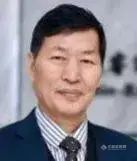
张同存
波睿达创始人
董事长兼首席执行官
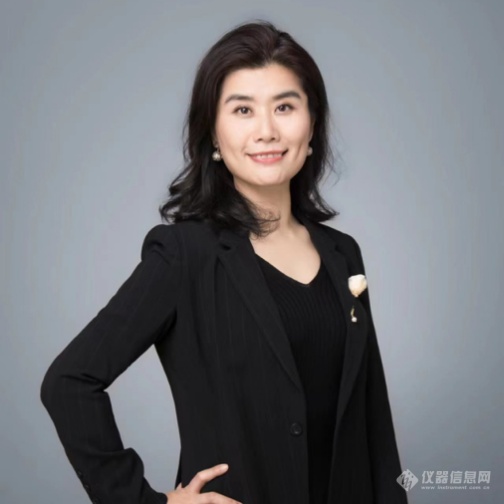
吕璐璐
合源生物
首席执行官

刘华
星华生物
董事长兼首席科学家
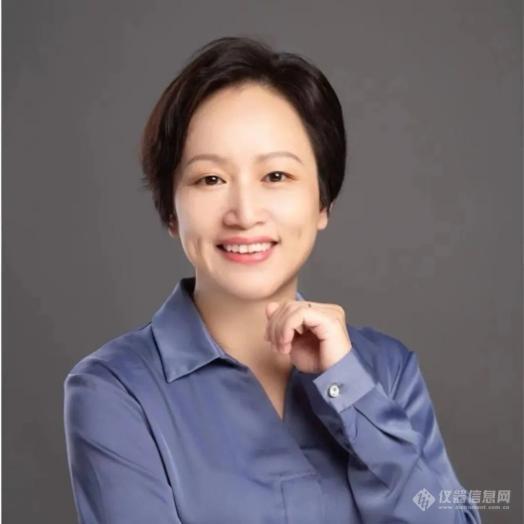
况娇
森朗生物
首席医学官
演讲主题: Naturally Selected CD7 CAR-T Therapy without Genetic Manipulations for T-ALL/LBL
Abstract:
CD7 is a transmembrane glycoprotein highly expressed in T-cell acute lymphoblastic leukemia (T-ALL) and T-cell lymphoblastic lymphoma (T-LBL) tumor cells. CD7 is also expressed in T cells and NK cells. Its expression on normal T cells could induce strong fratricide in CD7-targeted chimeric antigen receptor (CAR)-T cells. To avoid fratricide, one strategy is to knock out CD7 using CRISPR or base gene editing technology. Another strategy is to use a protein expression blocker (PEBL) to block the expression of CD7 protein on the T-cell surface, coupled with the endoplasmic reticulum (ER)/Golgi-retention domain. To avoid blast cell contamination, most CD7-targeted CAR-T cells have been donor-derived T-cells. However, an increasing number of preclinical and clinical studies are confirming that the collection of autologous cells for the preparation of CD7 CAR-T cells is feasible. “Naturally Selected” anti-CD7 CAR (NS7CAR)-T cells using lentiviral transduction of peripheral T-cells could overcome CD7-directed fratricide without additional genetic modifications. NS7CAR-T cells remain CD7-positive but the number of available surface CD7 antigens is minimized via CAR-mediated CD7 epitope masking or by intracellular sequestration of the CD7 protein, thus precluding major fratricide. CD7-targeted CAR-T therapy has shown promise clinical efficacy in clinical trials. Senlang reported the results of phase I/II clinical trials with a longer observation with refractory/relapsed (R/R) T-ALL and T-LBL to showcase the longer follow-up efficacy and safety of NS7CAR.
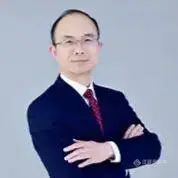
王汉明
滨会生物
首席医学官
演讲主题: Innovative Oncolytic Virus BS001 (OH2) Injection Development Process
Abstract:
• OH2 is the first HSV2-derived oncolytic virus to enter clinical trials worldwide.• Why chose HSV2 to develop an oncolytic virus drug?• How achieved the two ODDs, FTD and BTD?• What about the manufacturing of the OH2 injection?
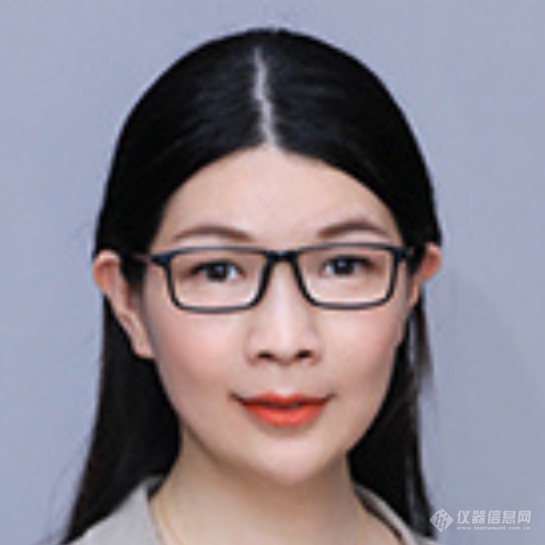
韩研妍
恒瑞源正
首席科学官

梅双
英百瑞研发副总裁
百瑞竞康首席执行官
演讲主题: 免疫细胞治疗产品工艺开发未来趋势:大规模全封闭自动化细胞工艺
Immune Cell Therapy Manufacturing Future Trend: Large-scale, Close and Automatic Process
Abstract:
In the past decade, gene therapy and cell therapy have developed rapidly and achieved remarkable results in clinical application. However, the high manufacturing cost generated by the complex production process which limits CGT’s more and better commercial performance. We explore the automated cells manufacturing system with a higher level artificial intelligence, seek solutions to break through the current technology bottleneck, in order to achieve industrial, large-scale and commercial cell production, and reduce total cost and let more patients have access to affordable and good medicines.

王永增
合源生物
首席技术官
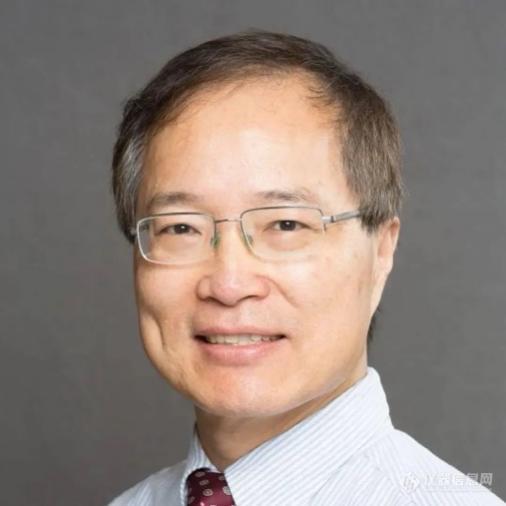
肖啸
信念医药
董事长兼首席科学家
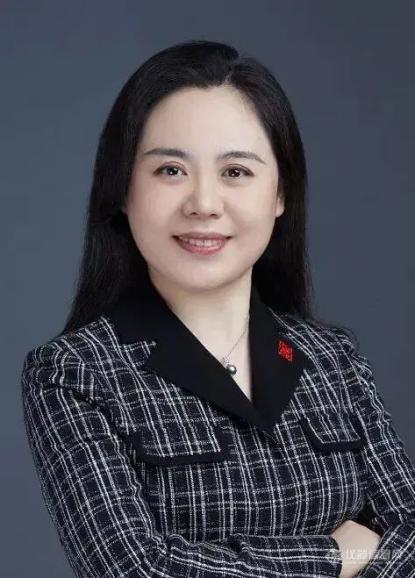
杨丽萍
中因科技
董事长兼首席科学家
北京大学第三医院眼科
研究员
演讲主题: Progress in Gene Therapy for Inherited Retinal Dystrophies
Abstract:
1. Introduce the latest progress in the field of IRDs gene therapy on an international scale2. Overview of Zhongyin Technology3. Introduction to Zhongyin Technology Pipeline and Research and Development Progress
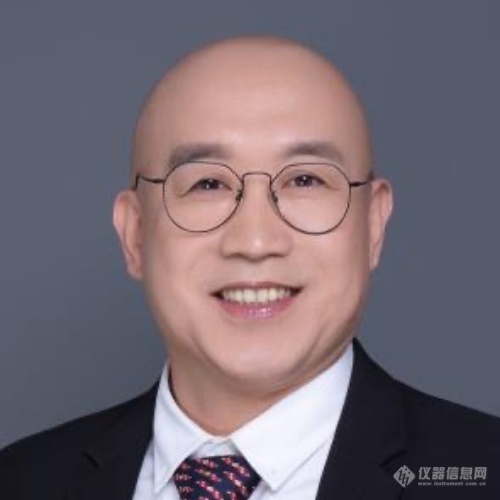
董文吉
中吉智药
创始人、董事长
演讲主题: 慢病毒载体造血干细胞基因治疗
Lentiviral Vector-mediated Gene Therapy for Hematopoietic Stem Cells
Abstract:
1.慢病毒载体与造血干细胞介绍
2.中吉智药的慢病毒载体平台和造血干细胞平台
3.基于慢病毒载体的间接体内基因疗
4.病毒载体基因治疗的拓展研究
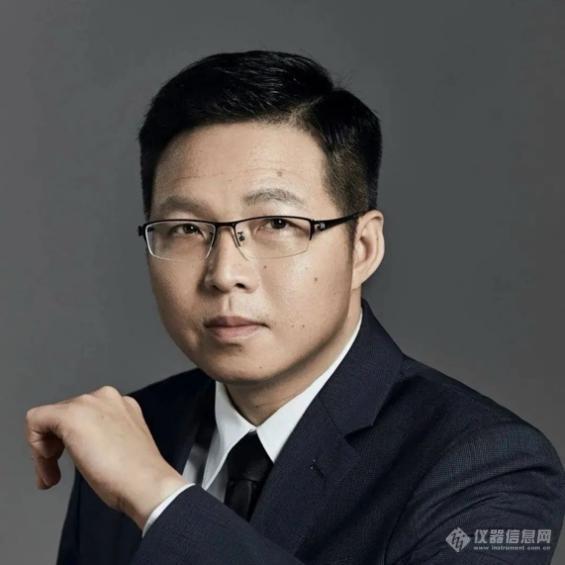
董飚
至善唯新
董事长
往期回顾

ATMP 2019
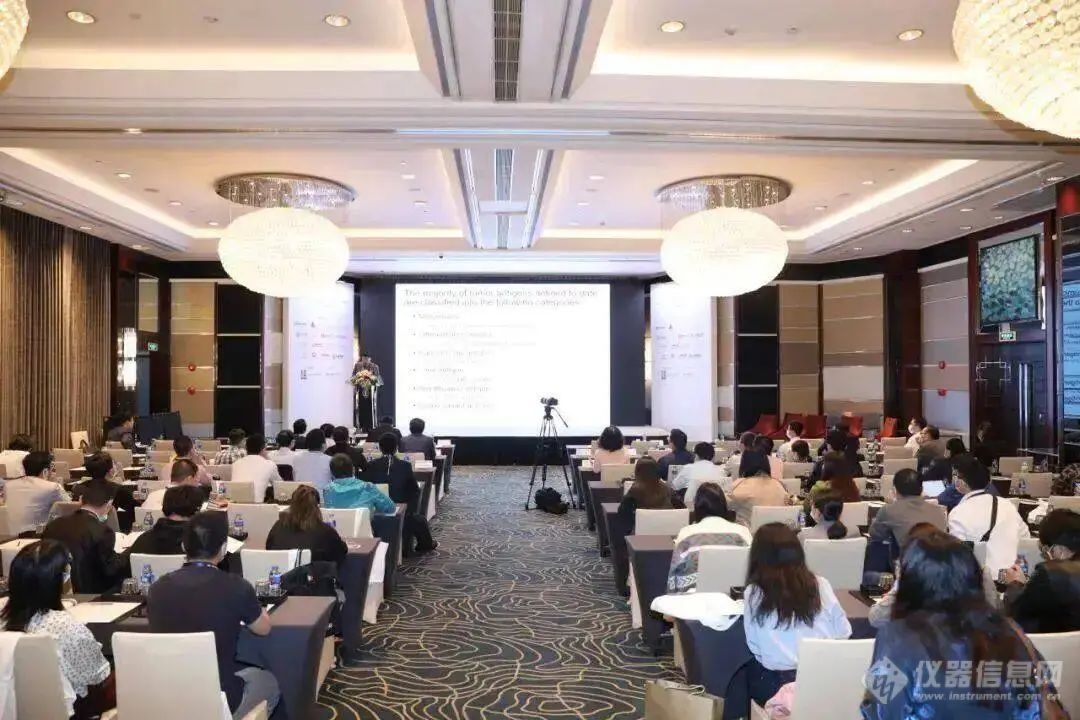
ATMP 2020

ATMP 2021
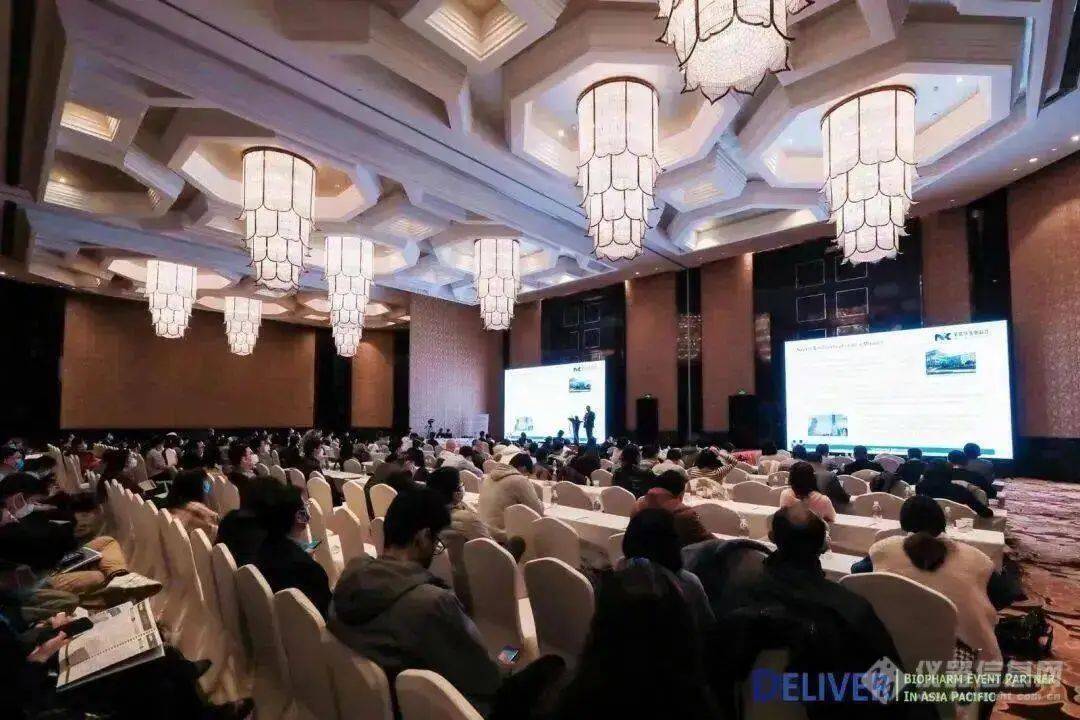
ATMP 2022
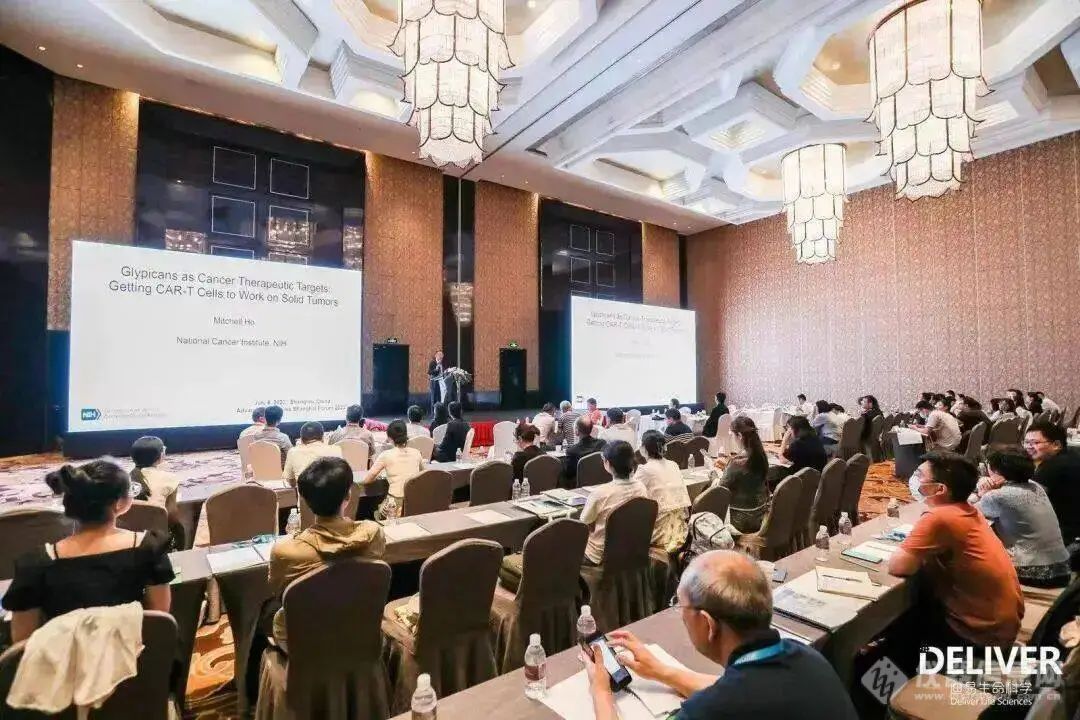
ATMP 2023
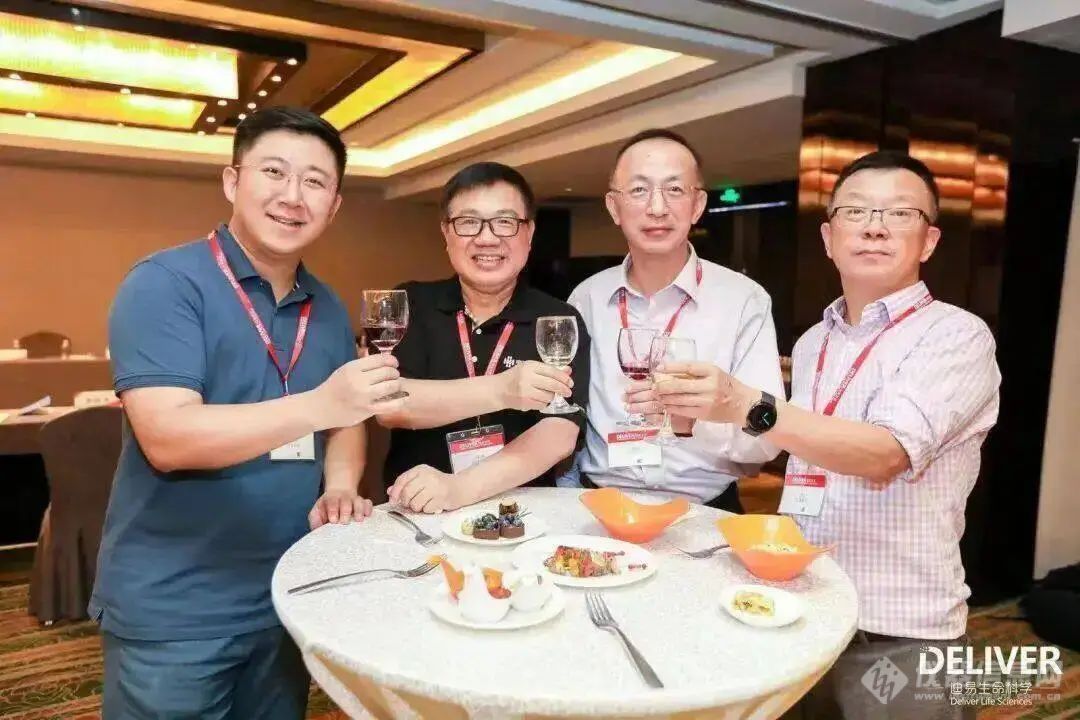
ATMP 2023

Carl June
美国宾夕法尼亚大学
帕克癌症免疫疗法研究所主任
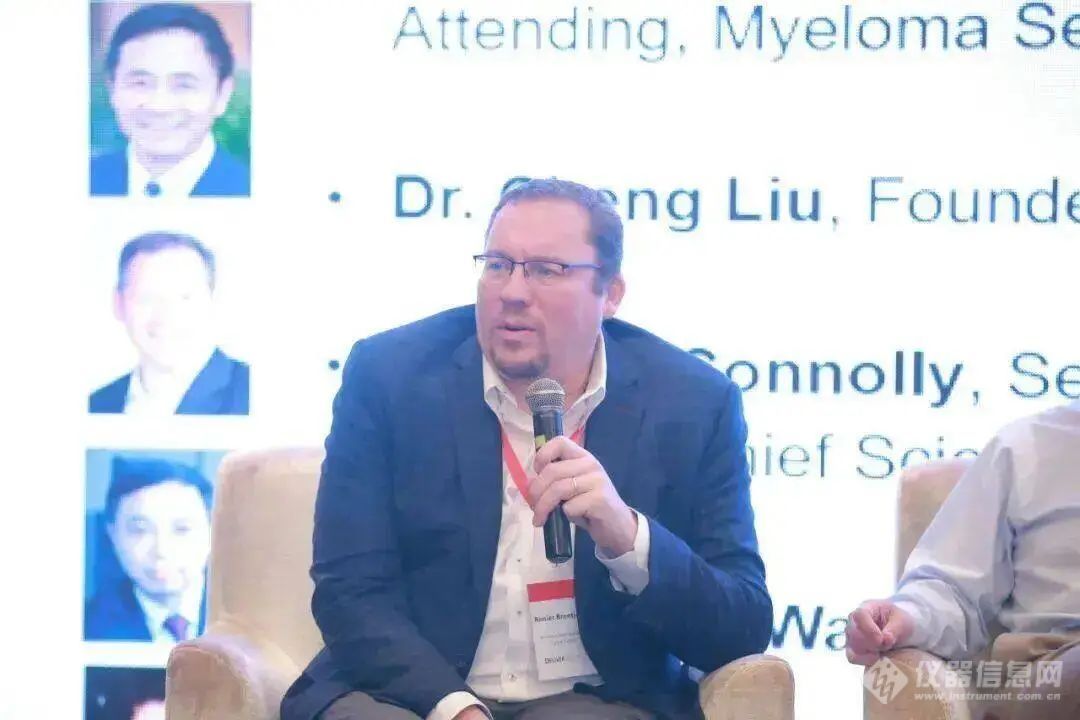
Renier Brentjens
美国纪念斯隆-凯特琳癌症中心细胞治疗主任
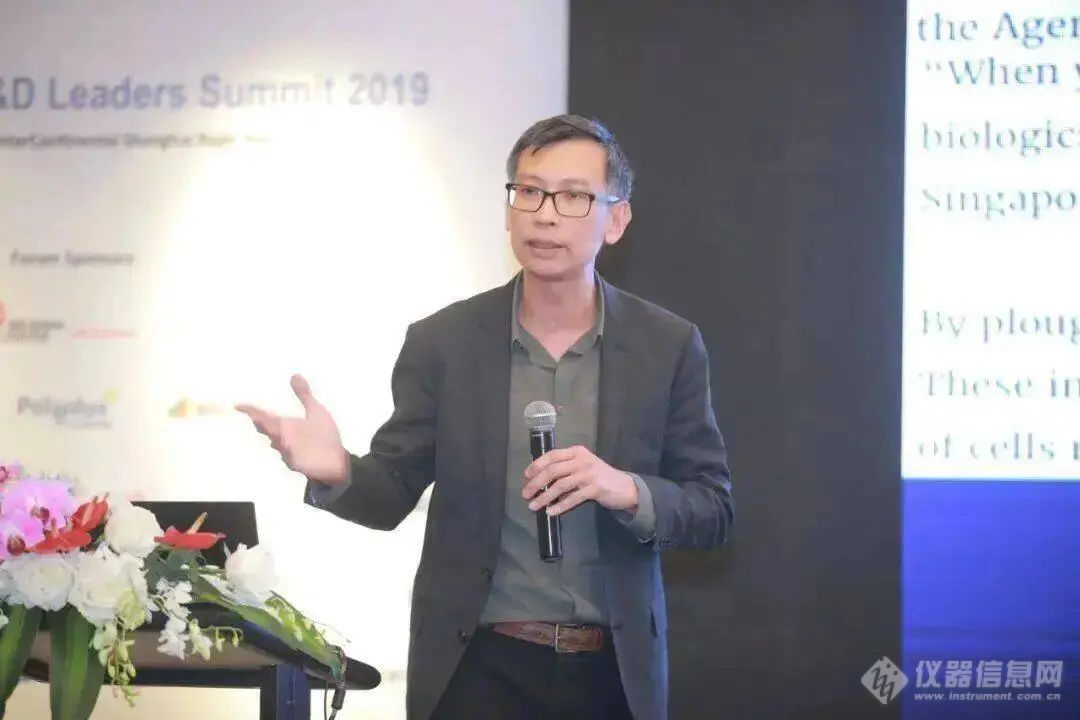
Mickey Koh
圣乔治医学院干细胞移植科主任
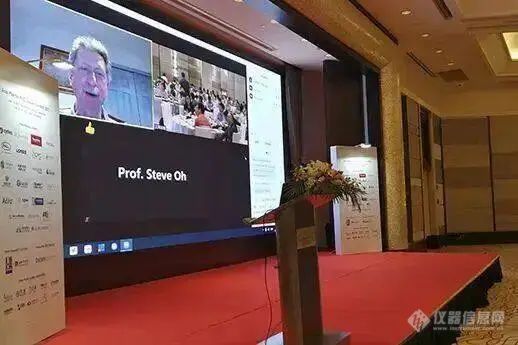
Bruce Levine
美国宾夕法尼亚大学佩雷尔曼医学院荣誉教授

Michael Milone
美国宾夕法尼亚大学佩雷尔曼医学院
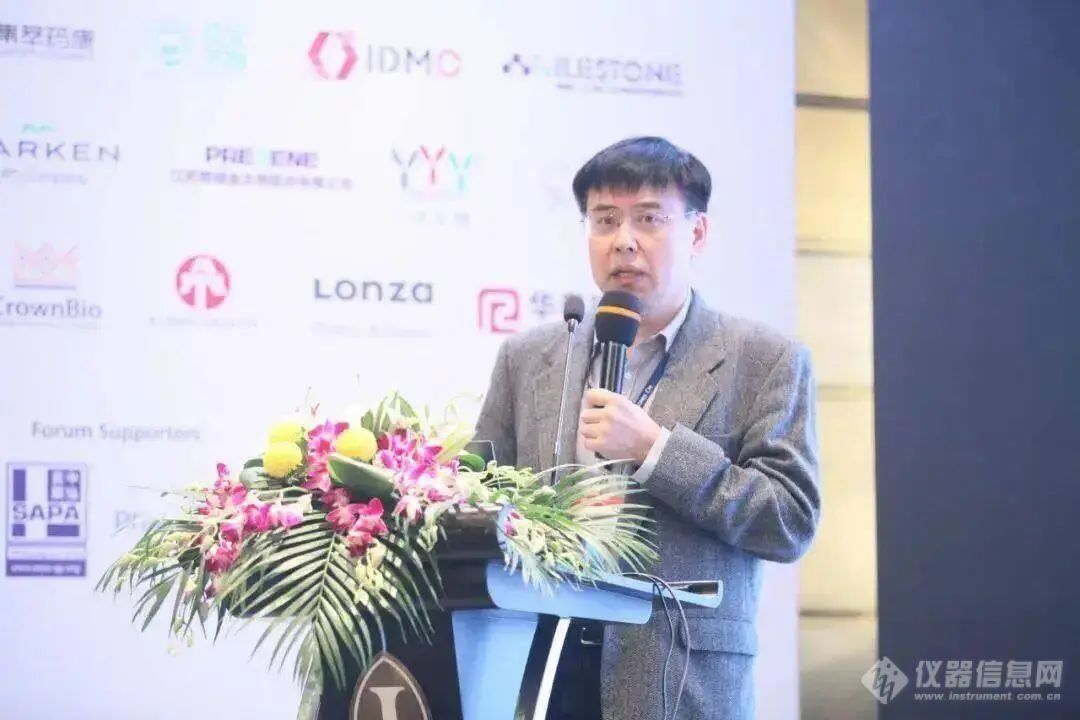
林欣
清华大学医学院基础医学系主任
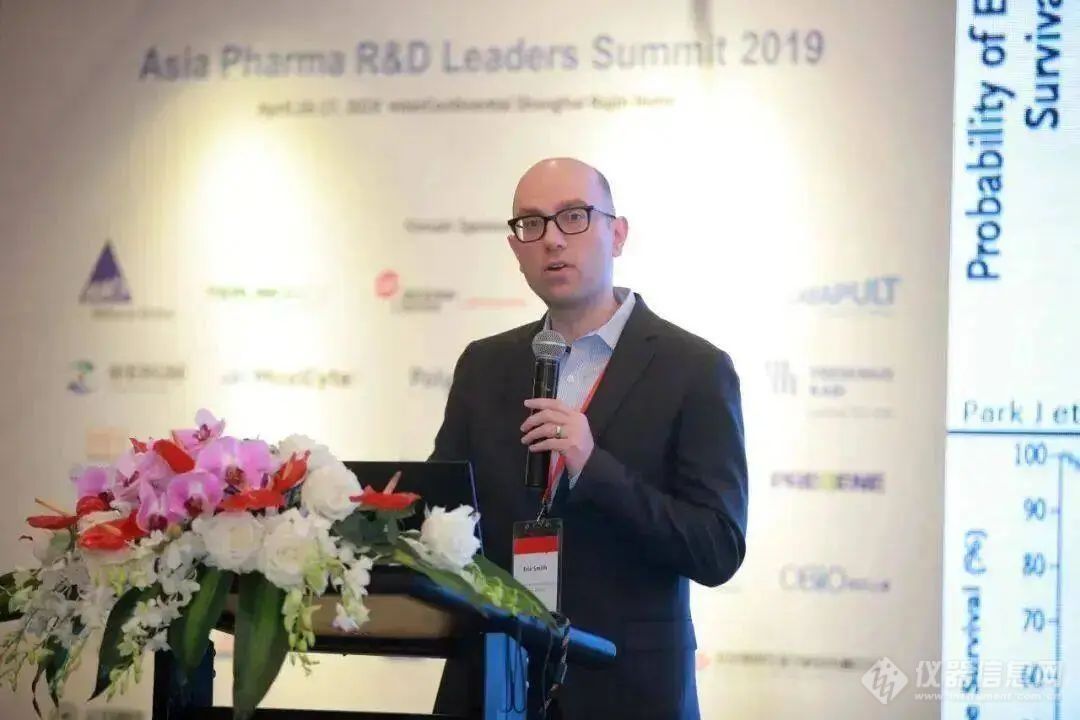
Eric Smith
美国纪念斯隆-凯特琳癌症中心

Dan Kaufman
加州大学圣地亚哥健康中心医学部细胞治疗项目主任
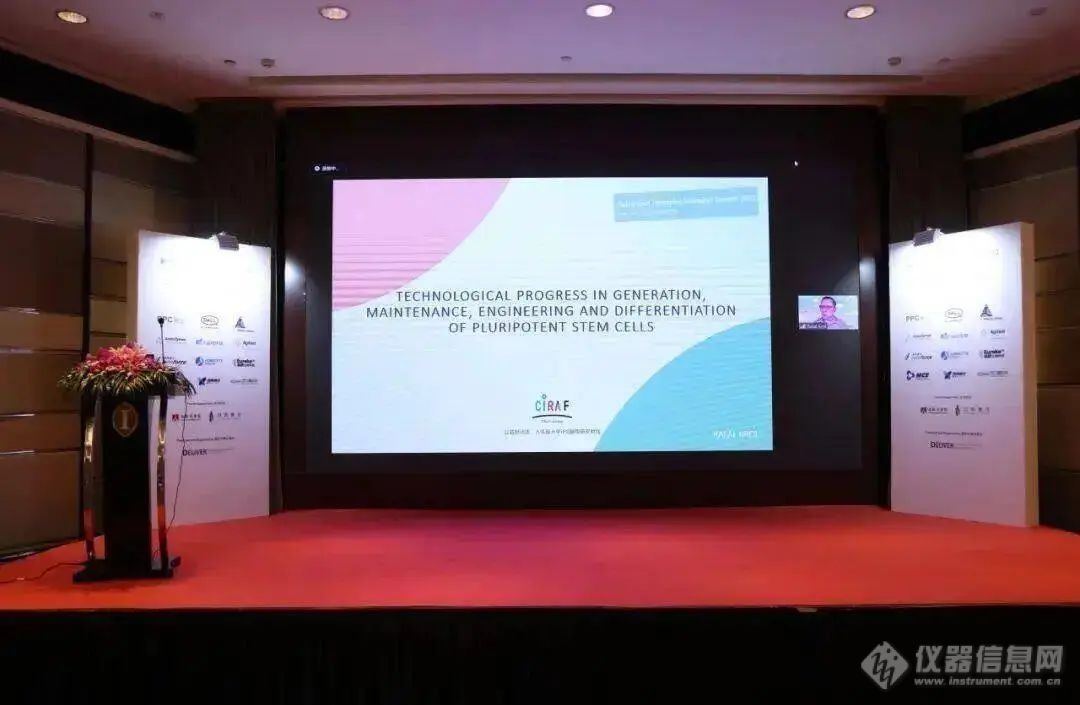
Rafal Krol
日本京都大学iPS 细胞研究所研发部首席研究员

Steve Oh
新加坡A*STAR BTI研究所干细胞研究室主任
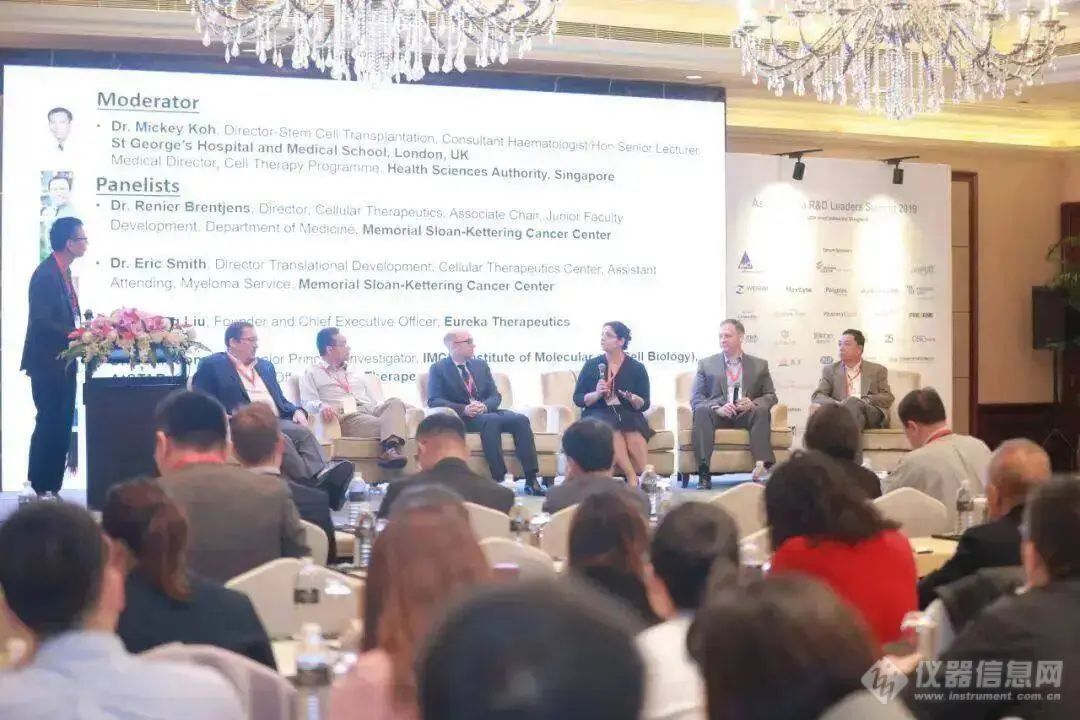
Round Table 1

Round Table 2
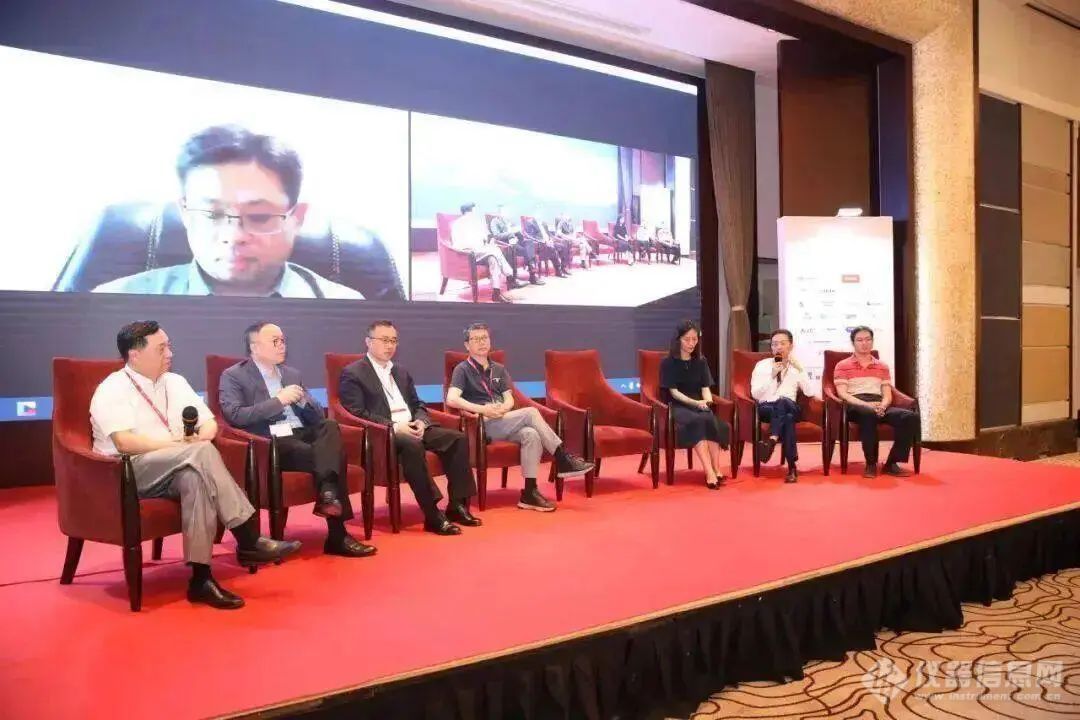
Round Table 3
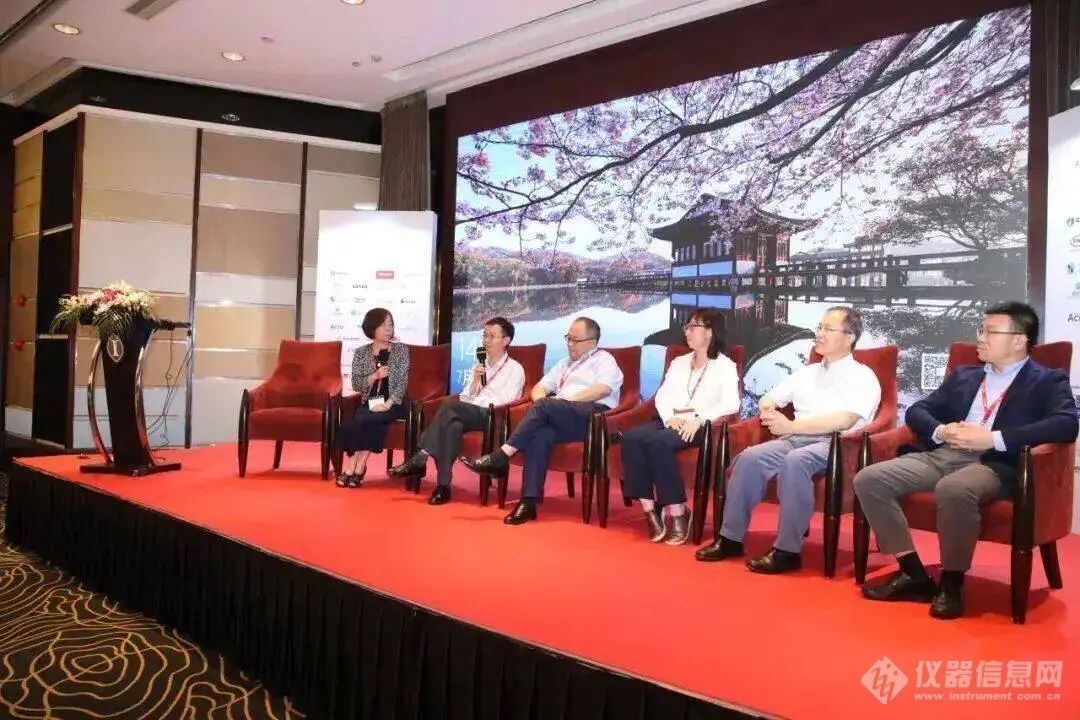
Round Table 4
会议报名与合作联系


(会议演讲与合作) (会议参会与展位)
【会议演讲, 支持与战略合作】
Kevin Tan 谭先生
Tel: (86) 13641961545
E-mail: Kevin.tan@deliver-consulting.com
【会议参会与展位合作】
David Xu 徐先生
Tel: (86) 13776293901
E-mail: david.xu@deliver-consulting.com
【会议媒体合作】
Michelle Wang 王小姐
Tel: (86 21) 5269-8916
E-mail: michelle.wang@deliver-consulting.com
[来源:迪易生命科学]
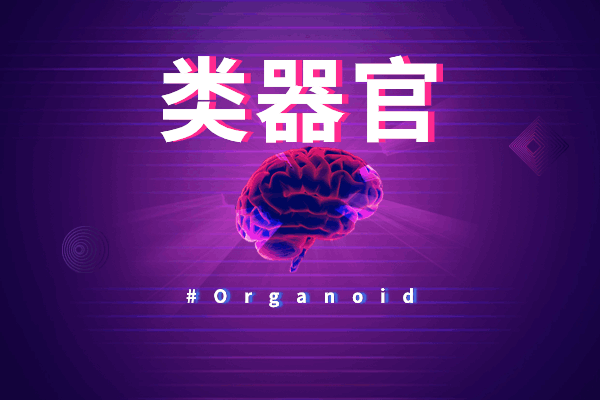
2024.03.06
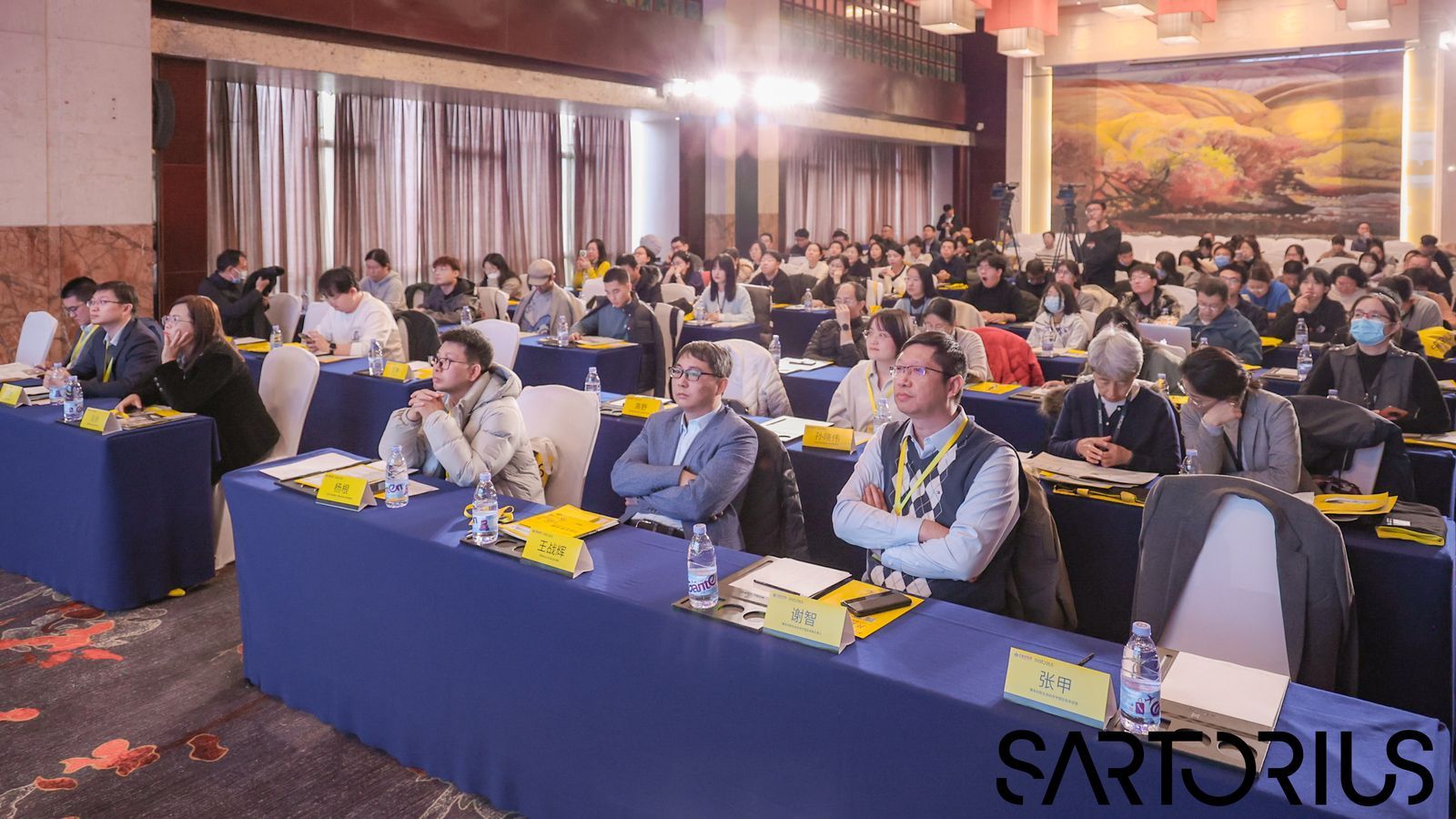
开启细胞研究全新洞察!2023细胞分析技术前沿应用论坛成功举办
2023.11.16

8月30日09:30直播|类器官与器官芯片专场-第六届细胞分析大会
2023.08.25

2024.05.21
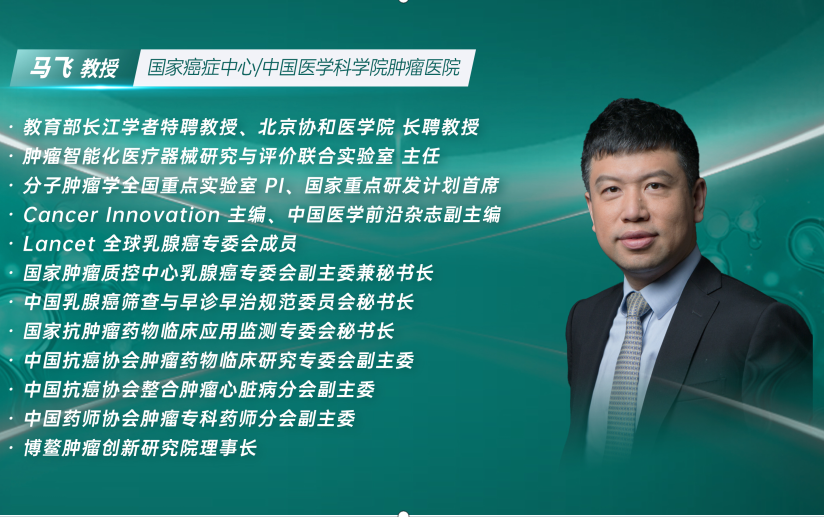
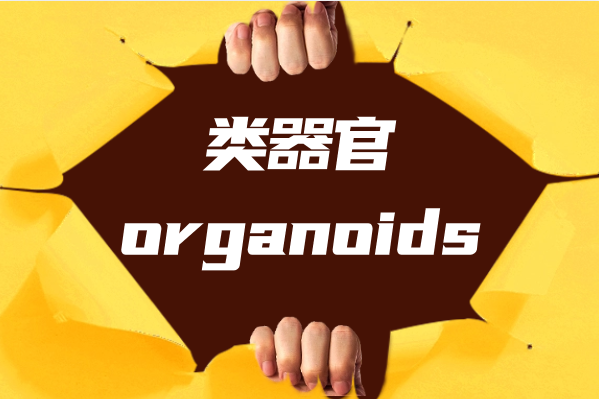
国自然“黑马”类器官:2023年资助87项,单项最高220万!
2024.01.31
版权与免责声明:
① 凡本网注明"来源:仪器信息网"的所有作品,版权均属于仪器信息网,未经本网授权不得转载、摘编或利用其它方式使用。已获本网授权的作品,应在授权范围内使用,并注明"来源:仪器信息网"。违者本网将追究相关法律责任。
② 本网凡注明"来源:xxx(非本网)"的作品,均转载自其它媒体,转载目的在于传递更多信息,并不代表本网赞同其观点和对其真实性负责,且不承担此类作品侵权行为的直接责任及连带责任。如其他媒体、网站或个人从本网下载使用,必须保留本网注明的"稿件来源",并自负版权等法律责任。
③ 如涉及作品内容、版权等问题,请在作品发表之日起两周内与本网联系,否则视为默认仪器信息网有权转载。
![]() 谢谢您的赞赏,您的鼓励是我前进的动力~
谢谢您的赞赏,您的鼓励是我前进的动力~
打赏失败了~
评论成功+4积分
评论成功,积分获取达到限制
![]() 投票成功~
投票成功~
投票失败了~